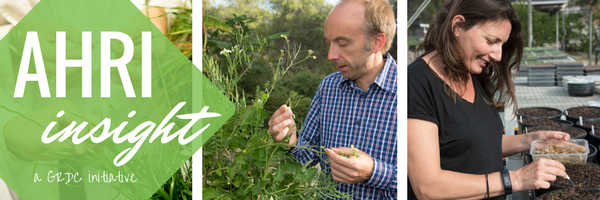ustralia
May 3, 2018

Can we get away with a single break crop if we throw enough ‘aggressive agronomy’ at a ryegrass population? Are expensive herbicides worth the money? What is better, disc or tyne? Why were the batsmen tampering with the ball, shouldn’t that be the bowler’s job?
These are all questions that were being asked by a local project committee of growers and advisers, and there was only one way to answer them. Enter Tony Swan from CSIRO. He and his team embarked on a massive, long-term research effort in Temora NSW, working with FarmLink to make it happen. The trial ran from 2014 to 2017 and the preliminary results are in.
And the winner is…
DIVERSITY. (Insert a fist pump from Professor Steve Powles here!).
Diverse crop rotations, including a double break, premium herbicides, with some extra crop competition courtesy of barley thrown in, and we have a winner. This diverse crop rotation smashed ryegrass numbers down from 1864 plants/m2 to 145 plants/m2 in just three years, and it was also the most profitable rotation.
More crop, fewer weeds, more profit.
While four of the ‘Weedsmart Big 6’ tools were used to achieve this, Tony reckons ryegrass numbers would have been obliterated if they could have used the other two strategies – crop topping and harvest weed seed control – in their trial plots.
At the other end of the scale, the conservative rotation with a single break crop, low-cost herbicides and low crop competition saw a blowout in ryegrass numbers and reduced profit.
Undaunted by the ‘disc or tyne’ challenge posed by the committee, Tony and his team sowed each rotation with both seeding systems each year.
A fantastic achievement, but essentially there wasn’t much in it – suggesting that there are bigger fish to fry when it comes to weed management.
For the finer details, click through to the website below.
READ MORE